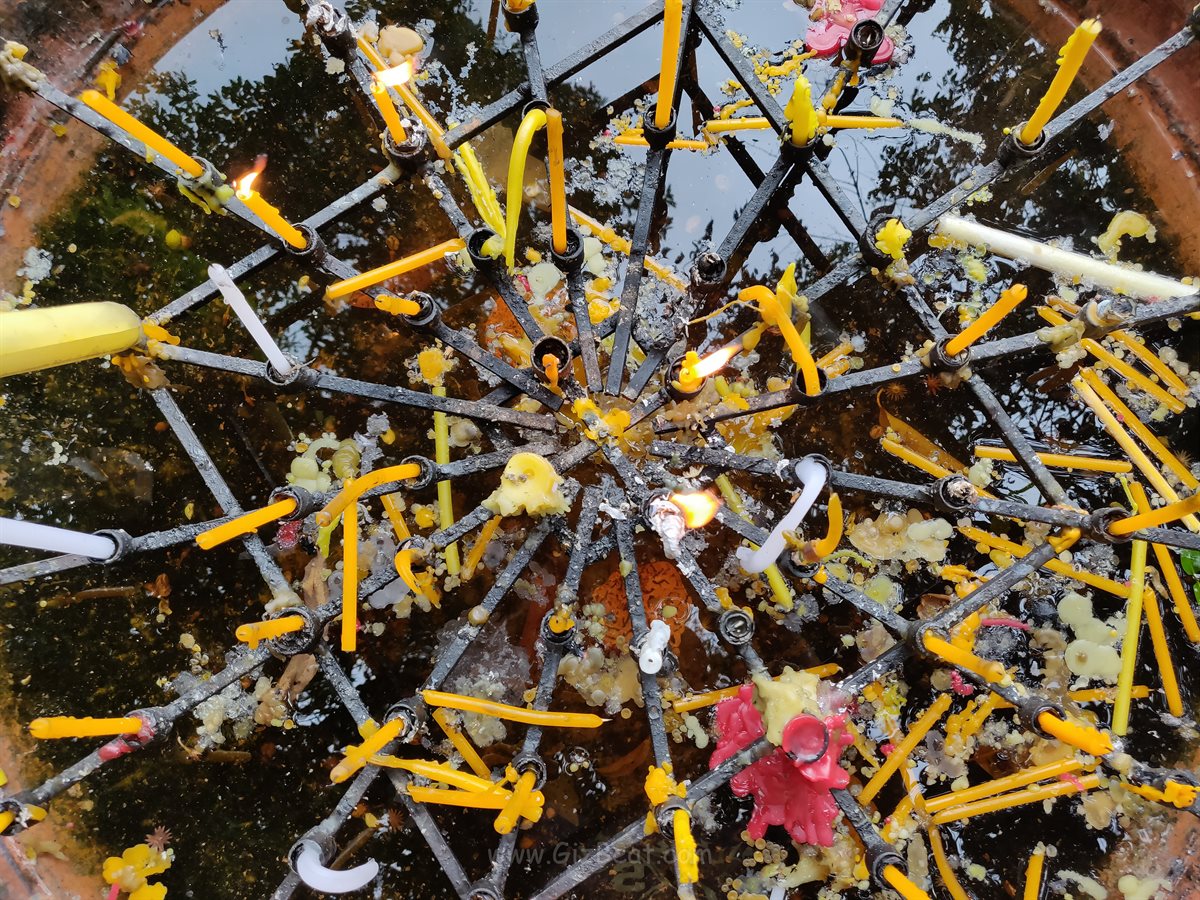OnePlus 6 camera review
REVIEW IN PROGRESS
Review sections:
- OnePlus 6 camera overview
- OnePlus 6 cloudy rainy evening
- OnePlus 6 true low light
- OnePlus 6 cloudy rainy afternoon
- OnePlus 6 indoors
- OnePlus 6 potrait mode bokeh
- OnePlus 6 sunny day
OnePlus 6 main sensor – IMX519 review
The main sensor in OnePlus 6 is Sony IMX519. This is a 1/2.6″ 16MP sensor fixed at 25mm. To give you an idea of how wide this is, it’s very close to the typical enthusiast camera’s focal length (, which is 24mm. It’s quite good.
GizBeat is giving back an additional 5% on all purchases from GearBest (click for details, opens in new tab).
Peeking at the corners and edges shows them to be decently sharp and looking good. They’re not perfectly sharp, but this is generally normal. This isn’t to hype up OnePlus, as this is par for the course for phones over a couple hundred dollars.
Unlike the OnePlus 5, the OnePlus 6 comes with optical image stabilization (OIS). OIS is hardware stabilization, as opposed to software, which helps to compensate for handshake in video and with slow shutterspeed pictures.
Generally speaking, without OIS we can take sharp images as slow as about 1/20s at best. With the OnePlus 6 I was able to fairly consistently get handheld tack-sharp images as slow as 1/3s.
Focus time and accuracy are very good. Even in very dim lighting, 5 lux where the objects were tested, OnePlus 6 performed well. There was occasional focus-hunting which may be due to the tap-point in the scene not entirely fitting in the OnePlus 6’s focus target (I was testing with small objects up close). Note that 5lux is dimmer than most will shoot in; anything brighter gives better results.
Again, not to hype up OnePlus 6, quick and accurate focus should be par for the course for any decent phone.
OnePlus 6 secondary sensor – IMX376k review
The secondary camera sensor, Sony IMX376k, is a 1/2.8″ type 20MP sensor. This is smaller than the main sensor, but not by much.
The purpose of the secondary camera isn’t to get a wider shot or zoom shot as with some phones — It’s there to assist the primary sensor in resolving detail and for depth calculation when doing bokeh/portrait shots.
I’ve tested this in low-light and the secondary camera does indeed add detail and sharpness to the image. We’re not talking a massive difference, but it is noticeable to me, even when not pixel peeping.
GizBeat is giving back an additional 5% on all purchases from GearBest (click for details, opens in new tab).
Review sections:
- OnePlus 6 camera overview
- OnePlus 6 cloudy rainy evening
- OnePlus 6 true low light
- OnePlus 6 cloudy rainy afternoon
- OnePlus 6 indoors
- OnePlus 6 potrait mode bokeh
- OnePlus 6 sunny day





Leave a Reply